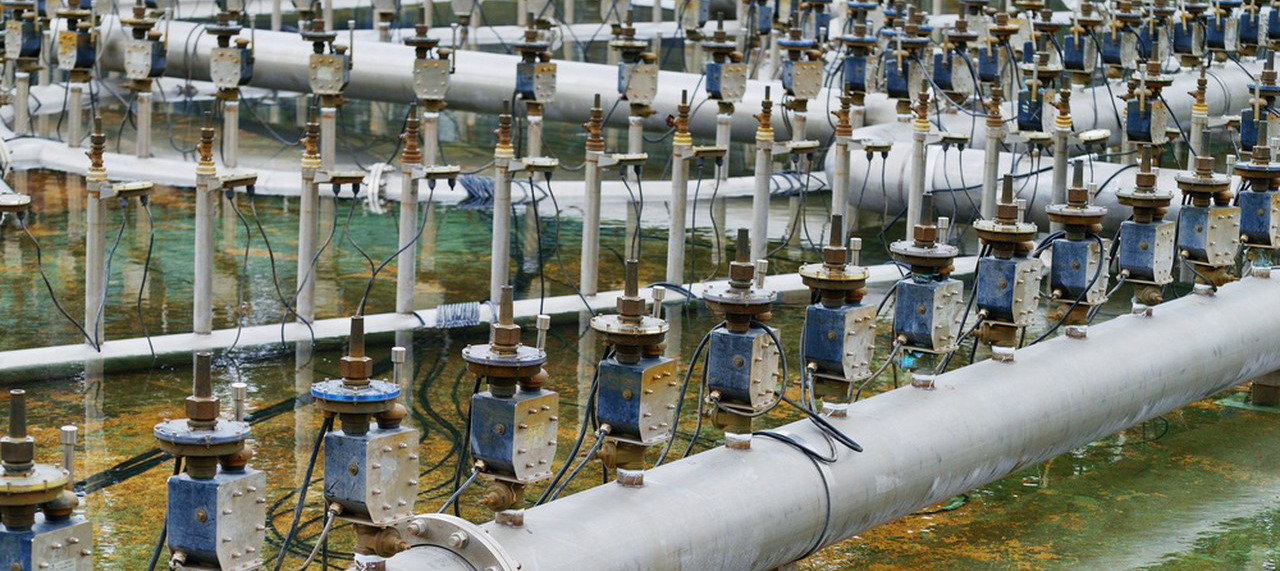Share this
Most people associate flanged pipes with the petroleum industry. However, they offer much more than you might imagine. Another thing about them is that they’ve been around for a while. Humans have a long history of using flange pipes as transportation tools to meet various needs. Here’s what you might want to know about the history of flanged pipes.
The history of flange pipe
early reference
The earliest-mentioned pipelines spanned different parts of the globe. For example, Babylonian settlements used clay sewer pipes around 4,000 BC. On the other hand, the Romans and Greeks used them for water supply. They also use them as storm sewer systems. Some civilizations, like the Mayans, even used them in pressurized water pipe systems without long welding necks. If you look through history, you will also find that stone pipes were used to supply water to the imperial palace during the Han Dynasty around 189 AD. It’s very interesting to see how these different cultures independently develop pipelines to serve different purposes.
The rise of pipeline construction
What prompted people to start building flanged pipes as we know them today? Well, the simple answer is the Industrial Revolution. The main focus of pipeline construction starts with water. Over time, people began to realize that more could be accomplished using pipes. The rise in pipeline construction over the past two centuries has been driven by the transportation of natural gas and oil. In the 19th century, homes needed water, gas and oil. This led to the development of technologies such as steel pipes and long weld necks. They have more power, allowing one to push liquids longer distances at higher pressures. At this time, pipe flanges were also invented at the same time, which brought more convenience to pipeline construction.
The origin of flange pipe
Flange casting first appeared in 1809 by the Englishman Elchart. It was not until the early twentieth century that flanges were gradually adopted and promoted. In the 1930s, my country also began to utilize the use and casting of flange pipes and cylinder block castings such as iron pipes, copper sleeves, cylinder liners, and bimetallic steel-backed copper sleeves. Produces heat-resistant steel rolls, some special steel seamless pipe blanks, paper machine drying drums, etc. At present, it has produced highly mechanized and automated flange casting machines and has built a mechanized flange tube casting workshop for mass production. built. Almost all casting alloys can be used in flange casting production. The minimum inner diameter of flange castings can reach 8 mm, the diameter can reach 3m, the length of castings can reach 8m, and the weight of flange castings can range from a few Newtons to tens of thousands of Newtons (a few tenths of a kilogram to more than ten tons).
Modern flange pipe
As the 20th century progressed, pipe laying accelerated rapidly. Not only did they begin burying steel pipes underground, but they also built concrete and asbestos pipes. These materials serve as transport hubs for water, natural gas, sewage, oil and other substances. The 1950s and 1960s were the most important periods for pipeline construction. During this period, 44% of pipelines in the United States were built. There are a lot of developments happening in the world of plumbing right now. For example, according to a study conducted by the University of Toledo, forged parts have 26 percent higher tensile strength than similar castings. Therefore, people realized that pipes made from forgings performed better.
People continue to build pipelines to serve various purposes around the world. If you are looking for plumbing products for your business or facility, contact Eliteflange today. Our experienced team can provide you with product knowledge and guidance!

